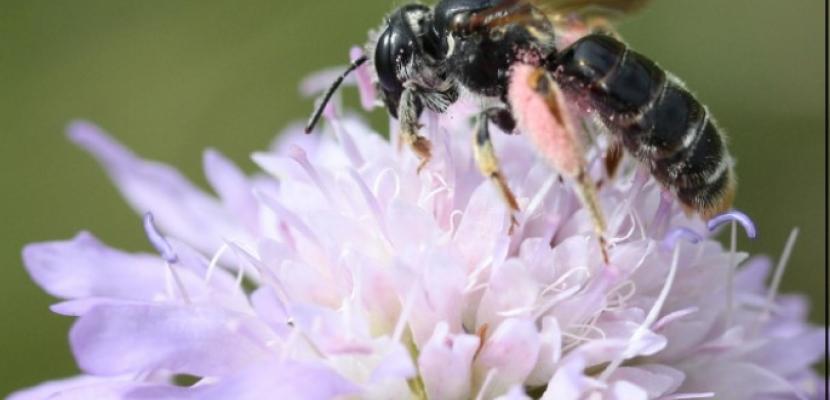Image

The Biodiversity Audit Approach
Published on 14 March 2019

United Kingdom
Bedfordshire and Hertfordshire
This is the good practice's implementation level. It can be national, regional or local.
About this good practice
The Biodiversity Audit Approach is an innovative, landscape-scale and evidence-based approach to delivery of biodiversity. It provides a working example of the implementation of an integrated approach to biodiversity delivery in a region.
A key element has been the development of an evidence-based approach to understanding the requirements of priority species and providing guidelines for their conservation. Ecological requirements of priority species for conservation have been collated, and synthesised, integrating across numerous individual priority species to produce management guidance for multi-species assemblages.
The approach:
Collates and examines available evidence to understand what species are present.
Objectively defines the suite of conservation priority species.
Assesses the recent or current status of priority species.
A key objective of the approach is to provide land managers and conservation advisers with guidance on how to enhance and sustain the important biodiversity. Effective management is best achieved by providing prescriptions based on sound evidence. The novel approach taken is to identify multi-species assemblages and associated flagship invertebrate and plant species, requiring similar ecological processes and conditions (‘guilds’). This has the aim of integrating prescriptions for multiple species into habitat-based approaches, but through an evidence-based approach rooted in an understanding of the requirements of individual species.
A key element has been the development of an evidence-based approach to understanding the requirements of priority species and providing guidelines for their conservation. Ecological requirements of priority species for conservation have been collated, and synthesised, integrating across numerous individual priority species to produce management guidance for multi-species assemblages.
The approach:
Collates and examines available evidence to understand what species are present.
Objectively defines the suite of conservation priority species.
Assesses the recent or current status of priority species.
A key objective of the approach is to provide land managers and conservation advisers with guidance on how to enhance and sustain the important biodiversity. Effective management is best achieved by providing prescriptions based on sound evidence. The novel approach taken is to identify multi-species assemblages and associated flagship invertebrate and plant species, requiring similar ecological processes and conditions (‘guilds’). This has the aim of integrating prescriptions for multiple species into habitat-based approaches, but through an evidence-based approach rooted in an understanding of the requirements of individual species.
Expert opinion
The good practice is an example of an innovative and integrated approach on a regional scale to improve biodiversity in a region. The approach relies on evidence and is therefore very sensitive to data availability. Lack of data could be an obstacle to the implementation of the approach. The approach (audit) comes up with guidance for the conservation of priority species. The good practice could be of use to national and regional authorities who face the issue of biodiversity loss and who are in charge of Natura 2000 management. They could further explore technical issues, data availability issues, etc.
Resources needed
Access to all available biodiversity data for the region being audited.
Officer time to undertake analysis.
Local expertise to identify conservation priorities and understand the collated data.
Officer time to undertake analysis.
Local expertise to identify conservation priorities and understand the collated data.
Evidence of success
Biodiversity Audits undertaken in Norfolk have led to radical changes in the management of Natura 2000 sites with resultant demonstrable gains for biodiversity.
For instance the Breckland Biodiversity Audit showed that current site management practices were failing to deliver effective management for the species identified by the audit as being regional specialists, including those found nowhere else in the UK.
For instance the Breckland Biodiversity Audit showed that current site management practices were failing to deliver effective management for the species identified by the audit as being regional specialists, including those found nowhere else in the UK.
Potential for learning or transfer
The approach can be readily applied in other regions.
The concepts utilised around the development of an evidence-based approach to understanding the requirements of priority species and providing guidelines for their conservation can be applied to a number of questions raised by decision makers.
The concepts utilised around the development of an evidence-based approach to understanding the requirements of priority species and providing guidelines for their conservation can be applied to a number of questions raised by decision makers.
Further information
Website
Good practice owner
You can contact the good practice owner below for more detailed information.
Organisation
University of East Anglia

United Kingdom
East Anglia